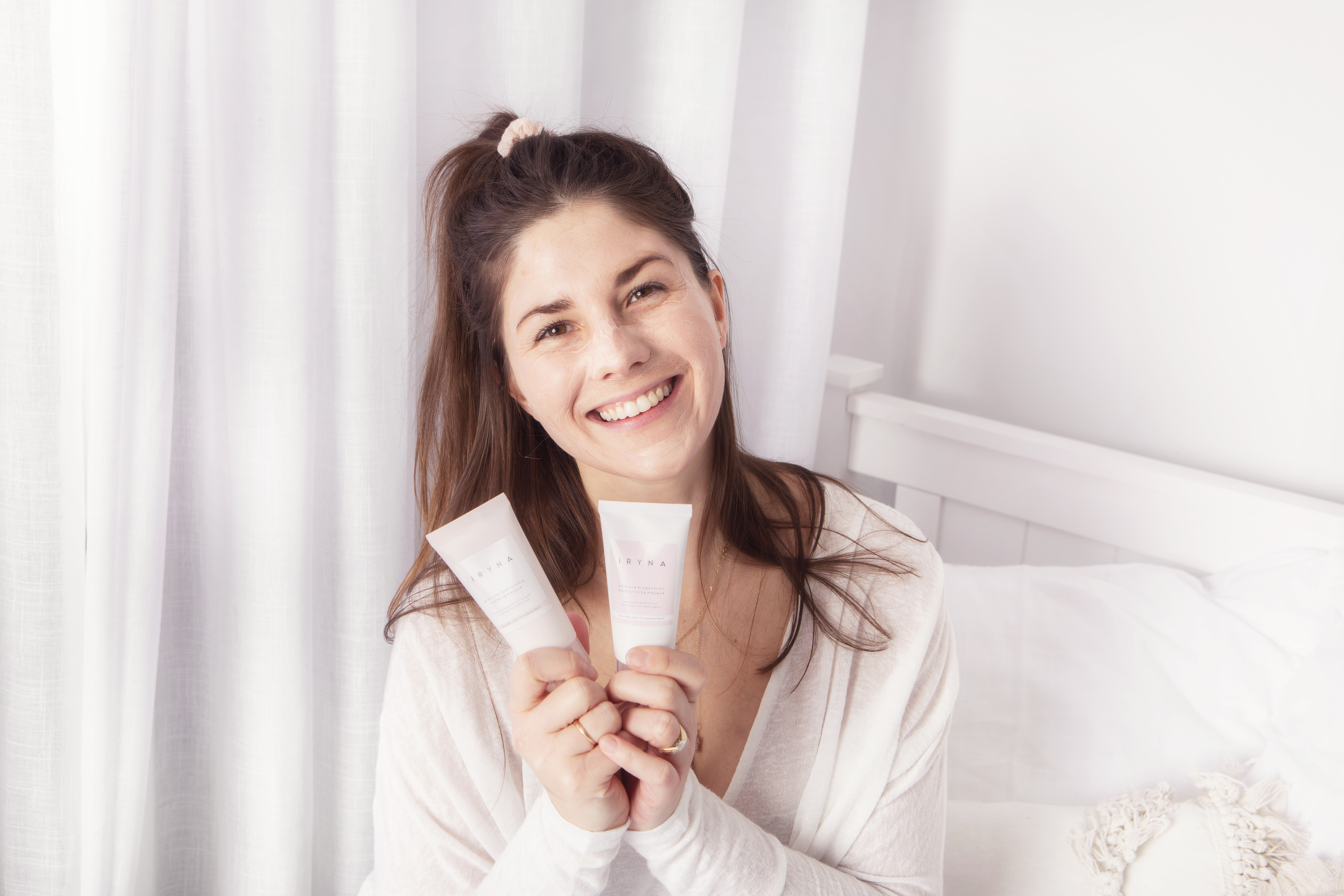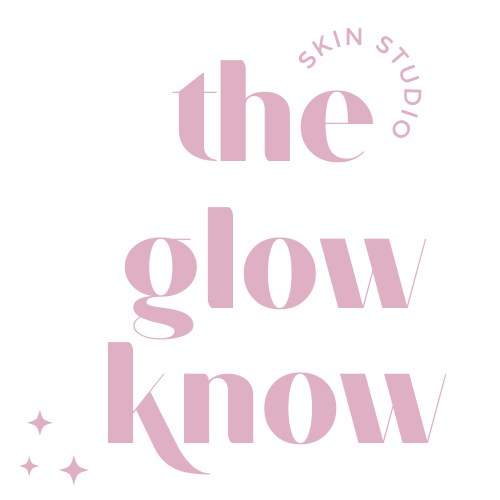
Your skin type is hereditary – and {for the most part} this does not change. What does change through the decades is the condition/s your skin can become prone to. This can be due to both internal and external factors and can have an impact on what type of skincare products your skin is needing. A working skincare routine of a 25 year old skin will differ to a skincare routine of a 45 year old skin.
Let’s get a basic understanding of the skin and then break down skin changes throughout the decades and what key steps we should focus on throughout each decade as well.
Skin Type & Condition
There are only 5 skin types:
- Dry
- Normal/Dry (combination dry)
- Normal
- Normal/Oily (combination oily)
- Oily
In a nutshell your skin type is determined by how much oil your skin naturally produces. What does change though, is the condition of your skin which can be influenced by internal & external factors. Some common skin conditions include:
- Dehydration
- Congestion/breakouts
- Fine lines/wrinkles
- Sensitivity
There are many more but you get my drift. {Most} skin conditions can be managed with the correct use of product/s for the skin type and condition/s. Today we’re going to take a look at some of the most common skin conditions throughout the decades and how to adjust your skincare routine to suit.
Pre-Teen & Teen Years (10 – 19)
It’s definitely not necessary for your pre-teen to have a skincare routine, but if they do you want to make sure they’re using the right products and ingredients for their young fresh skin. Teens will often begin to experience blemishes, breakouts and acne and this will be determined again by their skin type – not all teen skins experience acne. 3 skincare steps to focus on in the tween & teen years.
- Cleansing; Most important. Cleansing the skin will remove any dirt, excess oil and support the skins natural exfoliation process. The key here is to use the right cleanser for the skin type. Oily/combination skins will prefer a foaming or gel based cleanser whilst normal/dry/combination skins will prefer a crème based cleanser. Tip: The more visible the skins pores are, the more oil the skin is producing. Avoid parabens/mineral oils and nasty yet common skincare ingredients like formaldehyde.
- Toning; Toner is a very important step as it helps to keep the skin balanced. When a skin is out of balance it becomes to acidic (often resulting in breakouts) or too alkaline (often resulting in dryness, redness and irritation). Toning the skin helps to keep the skins barrier happy and healthy.
- Moisturiser; A simple yet important step – that can often be skipped by teens with oily skin types. Oily skins do still need to be moisturised, however a moisturiser lighter in texture may be more ideal. Using a moisturiser with SPF is always recommended as this protects the skin from sun damage. I also recommend using a moisturiser free from SPF of a nighttime.
Developing a basic skincare routine early is only going to have long term benefits. Skins that are cleansed, balanced and moisturised daily will experience less skin congestion and breakouts.
Tips:
- Choose the right cleanser and moisturiser for the skin type/s.
- Naturally derived ingredients over harsh chemicals.
- Paraben-free SPF will allow the skin to breathe naturally.
20’s (20 – 29)
You may begin to notice small changes in your skin throughout your twenties as the skins natural collagen supply begins to dwindle. This starts around the age of 22, which is why this is the time to begin introducing serums with active ingredients into your skincare routine to support the skins natural collagen production. The skins natural cell turnover rate may also start to slow down and weekly exfoliation should be added (if it hasn’t already).
- Prevention; Keeping up daily with your morning and evening skincare routine is highly recommended. Daily SPF for protection and weekly exfoliation is also recommended as the skins natural turnover rate begins to slow down. Adding a serum with Vitamin C and/or Peptides into your regime will help to stimulate collagen production – which is responsible for keeping the skin nice and firm.
- Eye Care; The fine layers of skin around the eye area don’t have any oil glands, making this area prone to skin dehydration, fine lines & wrinkles. Adding a specific eye crème and/or serum into your daily routine will help prevent pre-mature skin ageing around the eye area.
- Consistency; Always key. Your skincare routine should be a part of your morning and evening routine, just like brushing your teeth.
30’s (30 – 39)
During our thirties visible signs of ageing may be more noticeable especially if you don’t already have a consistent skincare routine. Collagen production continues to decline and sun damage may become noticeable. If you haven’t had a consistent skincare routine up until now – do not panic! Introducing the right skincare habits now will improve the look, feel and texture of your skin.
- Anti-Ageing; You now fit into this category. Start using all the anti-ageing skincare products (well maybe not all of them) you can fit into your regime! Analyse the condition of your skin and then add products/active ingredients in accordingly.
- Lack of firmness; Vitamin C, Peptides
- Skin Dehydration/Redness; Hyaluronic Acid
- Fine Lines/Wrinkles; Peptides, Niacinamide
- Hyperpigmentation/Sun Damage; Vitamin C
- Uneven Skin Texture; AHA’s/BHA’s
- Hydration; Now, I’m not talking about your moisturiser. I’m talking about Hyaluronic Acid – the skins natural moisturiser, and if you haven’t already introduced this into your daily skincare routine, it is time. Hyaluronic Acid draws moisture from the atmosphere and locks it deep into your skin – and then your moisturiser provides a somewhat barrier to lock it all in. I love the ‘kitchen cloth on a summers day’ analogy. You know how on a hot day your kitchen cloth will dry out and go all crusty? And how if you were to spill juice on the kitchen bench, you would first need to wet the cloth before the cloth would pick up the juice? Well, the cloth is your skin, the water it Hyaluronic Acid and the juice is your face crème!
- Consistency; Key, key, key.
– Cleanse, tone, moisturise day and night!
– Add in serums to target specific skin conditions
– Continue the use of daily SPF
Tip: Always read the labels, especially when introducing serums. Serums contain active ingredients and some active ingredients are only recommended to be used of a nighttime – like Retinol.
40’s (40 – 49)
In our 40’s the skins collagen and elastin supply continue to decline. The outer layers of our skin (epidermis layers) begin to thin, making the skin even more prone to UV damage and the skins natural turnover rate slows down a little more. There are a few things to focus on throughout these years to continue to look after your skin as best as possible.
- Exfoliation; As the epidermis layers of the skin begin to thin, using abrasive exfoliants (like a scrub) can cause what we call ‘capillary fragility’ which basically means visible capillaries. Swapping your face scrub to a chemical exfoliant is a good idea and won’t cause any visible capillary damage. Chemical exfoliants like AHA’s & BHA’s gently dissolve dead skin cells, dirt etc rather than resurfacing them away.
- Collagen; Introducing a collagen-boost supplement into your daily regime will help support natural collagen production from the inside-out. Supporting the bodies natural collagen production will benefit not only your skin, but your hair, nails, muscles & digestive system too.
- Facial Masques; Start introducing 2 x anti-ageing face masques per week. Sounds like a lot, but you can make life easy for yourself and get your hands on a good ‘overnight masque’ that will work all its magic whilst you get your beauty sleep. I cannot recommend power masque enough, this blue velvety treatment is loaded with peptides, antioxidants, hyaluronic acid and all the goods to literally have you wake up glowing!
50’s and beyond
Collagen and elastin production continue to slow down as does the skins cell turnover rate. The epidermis layers continue to thin and hormonal changes may affect the condition and sensitivity of your skin. Skincare doesn’t stop because you’re over 50, 60 or 70. It just elaborates, it continues, and to keep your best glow it looks something like this:
- Daily x 2; cleanse, tone, treat & protect (serum & moisturiser)
- Weekly {chemical} exfoliation
- Daily collagen-boost supplement
- Weekly x 2 anti-ageing/sleep masque
The Glow Goss
Glowing skin at any age begins with healthy skincare habits. Your skin type determines how much oil the skin naturally produces and often determines whether or not a skin is prone to breakouts and/or acne. Knowing your skin type is key. This will help you choose the correct cleanser and moisturiser for your skin type. Skin conditions can change and can be treated. Throughout the decades our skin condition/s change due to internal and external factors. This is where serums/active ingredients and skin treatments come into play. Knowing what changes are happening to your skin throughout the decades will give you an insight to which skincare products you should introduce into your skincare routine. Consistency is key. Skincare doesn’t stop, you don’t grow out of looking after your skin.
Your Virtual Beauty Therapist & Skincare Bestie,
Danielle from The Glow Know
